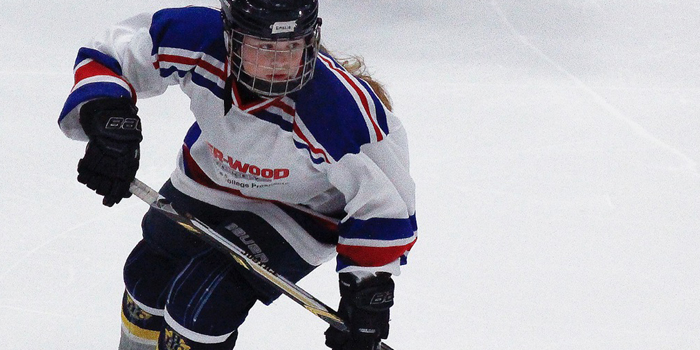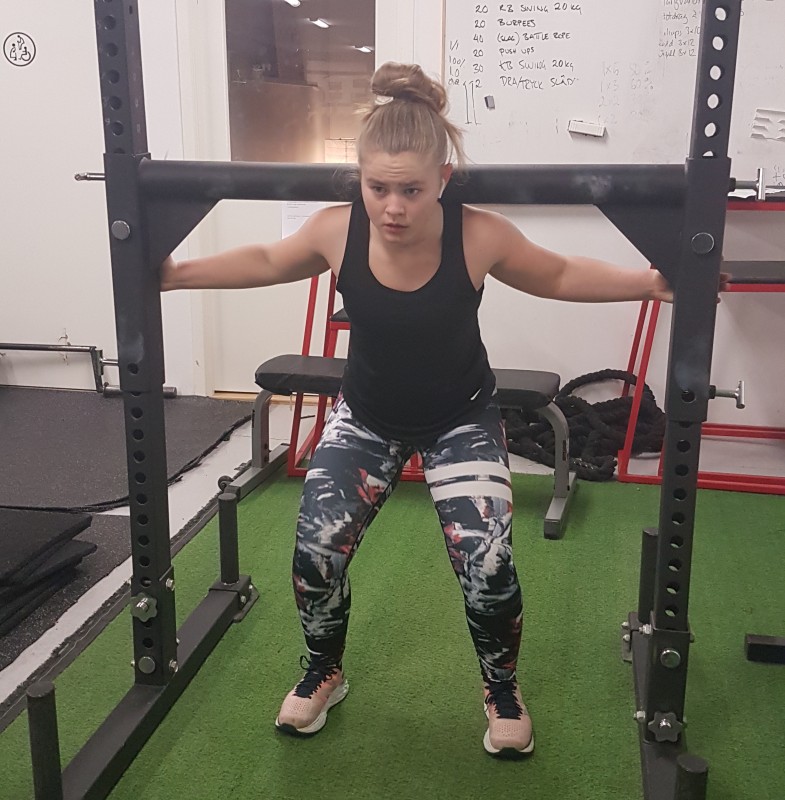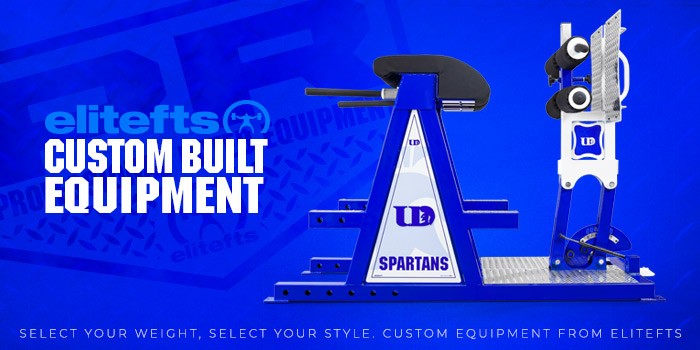
When you run, you use gravity. It’s the gravity that pulls you down. Of course, you need muscle work to maintain your upward posture while letting gravity set your body in motion. It’s how much you lean forward that determines what speed you’re running at. Many people think it’s your leg drive that determines the speed, but your legs can only push you upward, not forward. To run forward, you have to lean forward. If you lean backward, you run backward (or you fall). It’s true you have to use leg drive while running, but the leg drive is to keep you from falling, not to push you forward. Since we can see the legs are moving while running, it is easy to think the legs are doing the work. When I realized this, I didn’t hate running that much any longer. In fact, it got pretty fun.
Running is about following and controlling gravity; strength training is about standing still and taking control over gravity.
To become stronger, you must learn to control gravity in the vertical motion, and to become faster you must control gravity in the horizontal motion. So, it’s all about controlling gravity! Dr. Nicholas Romanov, who developed the Pose Method, showed this in a very good video when he was running in flat shoes on ice. If you try to push your foot against ice wearing flat shoes, you will probably slip and fall. When you stand with your weight straight over the gravity, you can keep your balance since the gravity point is through your foot. If you run and land with your full body weight over your foot and just let your falling position set the speed, you will be able to run on ice in flat shoes without falling. This running method will make you faster with less effort since it demands less effort. It's also easier to recover from.
How can we use this skill for strength sports and how can we use strength for running? These skills are intimately connected. In order to keep the posture upright, we need muscles to push the hip forward and muscles to keep the upper back upright. We need hamstrings to pull up your leg and quads to push it forward again. No muscle can make a movement by itself though, so they need to work in a connected movement (also with other muscles of course).
In strength sports, we can use this movement pattern to easily control the weights. The difference is that if you squat a heavy weight, the focus should be to get back to the upright posture (instead of keeping it while running). How do we do that? Well, if you sit down with the bar over your shoulders you have to stand up again! To stand up again, we need the hip to move forward and the upper back to keep tight! This is mainly the cause. Good exercises to boost this ability are box squat, sumo deadlift, good morning, hack deadlift, and the kettlebell swing.
I talk about running in the article, but in fact, it also works well for a hockey player. I trained a girl for two months in the summer. She trained four times a week and had a two-split program (she trained four times a week). One for the lower body and one for the upper body. She repeated this program for two months and couldn’t believe how fast she got on the ice when she went back to play.
Day 1: Lower Body
- Box squat 6x3 reps
- Dimmel deadlift 3x20 reps
- Squat (while you’re holding a medicine ball on your chest) 5x5 reps
- Glute ham raise (use bands to add resistance) 3x10 reps
- Seated leg curl (with band) 3x30 reps
- Ab wheel (with your knees wide) 4x10 reps
Day 2: Upper Body
- Football bar bench press (use bands as resistance instead of weights) 5x5 reps
- Slam ball (lift up from the floor and throw on the floor) 5x5 reps
- Chins (either free motion or assisted with bands depending on your fitness level) 3x max reps
- Gorilla row with dumbbells (alternating arms) 3x12 reps
- Pullover with dumbbell on bench (make sure to keep your ab pressure all the time!) 4x10 reps
- Medicine ball side throw 3x1 minute each side
If you have two days a week that you can spend in the gym, perform day one and day two each week. If you have three days a week to train, repeat day one the first week and repeat day two the other week to rotate the schedule. If you have four days a week, make a double of it.

You can come pretty far with this program if you put effort into your training. Often in sports, we split the sessions in either strength or conditioning. That is like shifting gears in your car—the first gear is for strength and the fifth gear is for conditioning. With this program, you will use all of the gears in between, which is much more energy-efficient. Try to make the rest between sets 30-45 seconds. You should be done with a session in 45-60 minutes.
RELATED: Sumo Deadlift to Move Faster
It’s important to put the right effort into the work. The faster the barbell moves, the more force you have to release, which creates power/strength. In the main exercises where the goal is to get stronger (maximum force), you should aim to lift fast, because you want to force the bar from gravity. But in the exercises where the goal is to get more muscle hypotrophy, such as assistant exercises, you should take advantage of both the concentric movement and the eccentric movement. You should also take advantage of the static positions. It really makes you stronger when you have to keep your body in a solid posture to do the external muscle work, such as a gorilla row when you stand in a good morning while you perform the row with one hand each. When you row with one hand in a good morning position, you have to make an effort not to move your torso. Everything matters.
Follow this program and become bigger, stronger, and faster!










